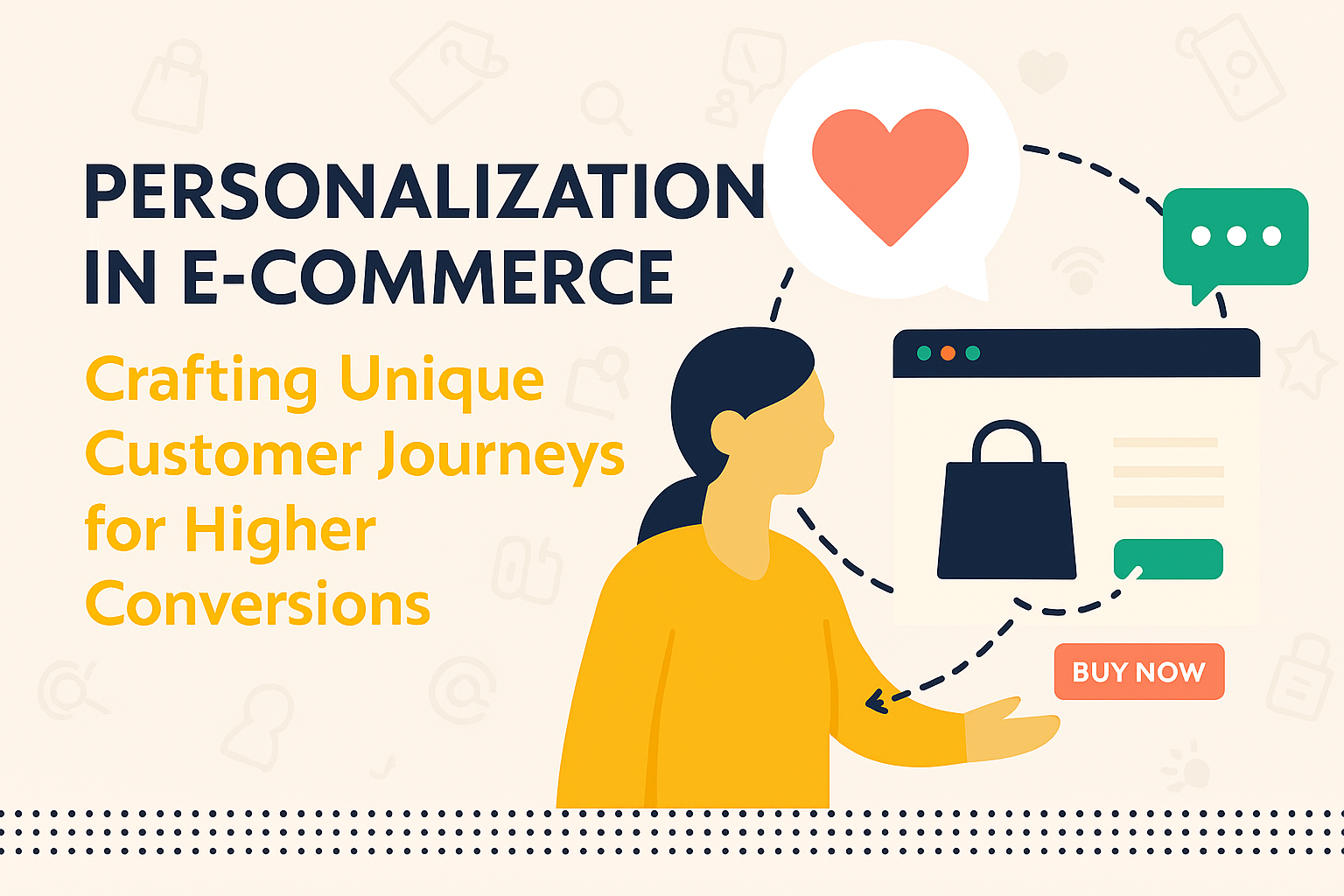In today’s highly competitive e-commerce landscape, a one-size-fits-all approach is no longer sufficient to capture and retain customer attention. This blog post provides an exhaustive guide to personalization in e-commerce, demonstrating how tailoring the shopping experience to individual preferences can significantly boost engagement, loyalty, and conversion rates. We’ll begin by defining personalization in the context of e-commerce, distinguishing it from mere segmentation, and emphasizing its goal of creating a unique, relevant journey for each customer. The article will then delve into the foundational data points required for effective personalization, including browsing history, purchase history, demographic information, geographic location, real-time behavior, and even external data sources. A significant portion of the post will be dedicated to exploring various personalization tactics and their implementation. This includes dynamic product recommendations (e.g., ‘customers who bought this also bought,’ ‘frequently bought together,’ ‘personalized for you’), personalized website content and layouts that adapt based on user profiles, and tailored email marketing campaigns that deliver relevant offers and content at optimal times. We’ll also discuss the power of personalized search results, dynamic pricing strategies, and customized promotional offers that resonate with individual customer value. The role of AI and Machine Learning in driving advanced personalization will be a key focus, explaining how these technologies analyze vast datasets to predict preferences, anticipate needs, and automate the delivery of personalized experiences at scale. The benefits of robust personalization are manifold, and the article will detail how it leads to increased average order value (AOV), higher conversion rates, reduced cart abandonment, improved customer satisfaction, and stronger brand loyalty. However, implementing effective personalization comes with its own set of challenges, which we will address. These include data privacy concerns and compliance (e.g., GDPR, CCPA), the technical complexity of integrating various data sources and personalization engines, the potential for ‘filter bubbles’ or over-personalization, and the need for continuous testing and optimization. The blog will also provide practical advice on getting started with personalization, from defining clear objectives and choosing the right technology stack to starting small and iterating based on performance metrics. By embracing a strategic approach to personalization, e-commerce businesses can transform generic transactions into memorable, engaging, and highly profitable customer journeys.

